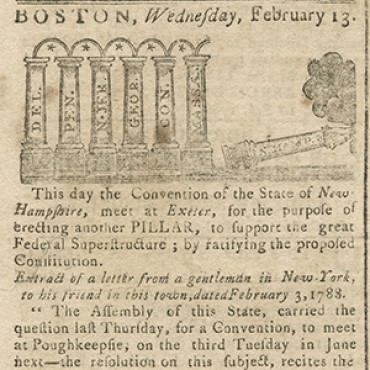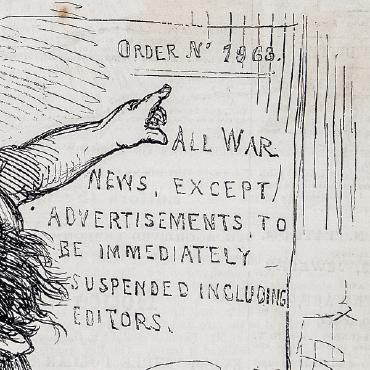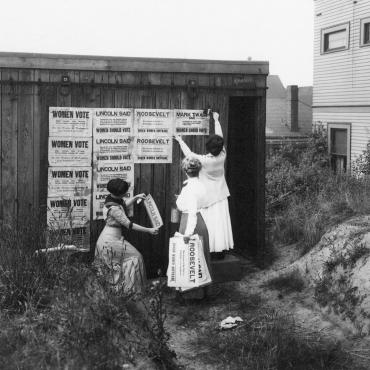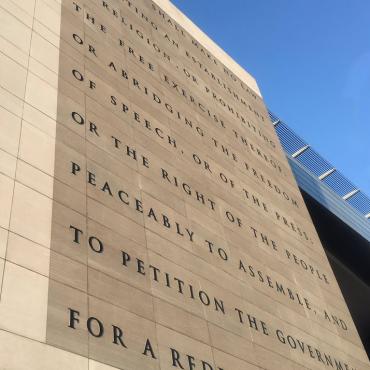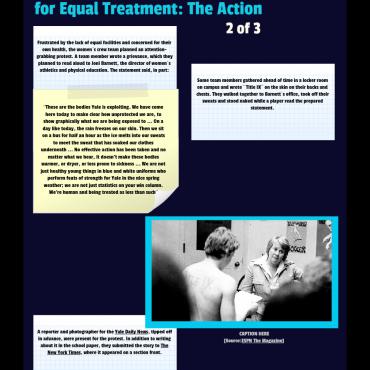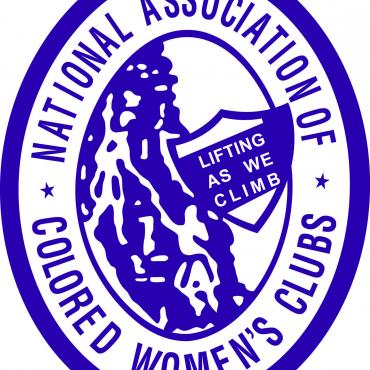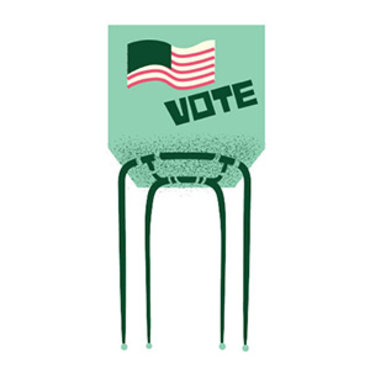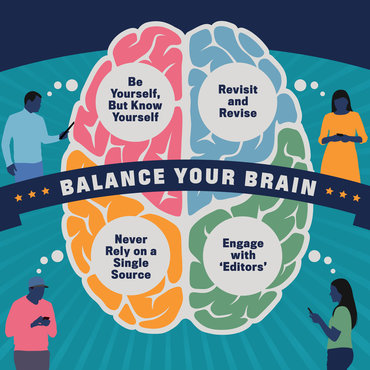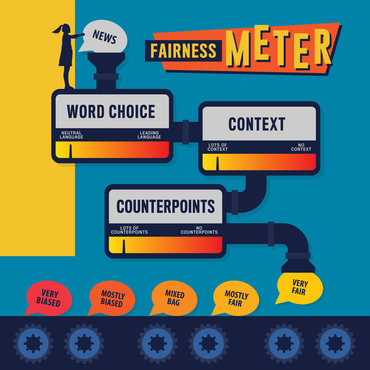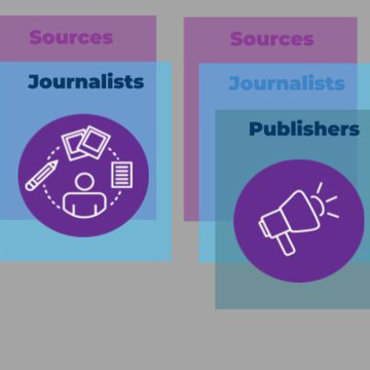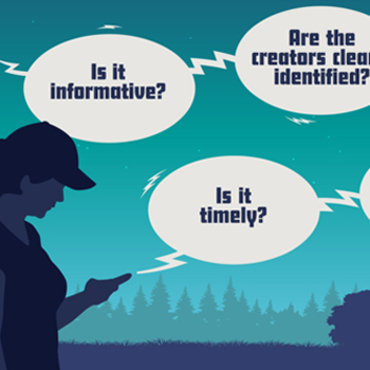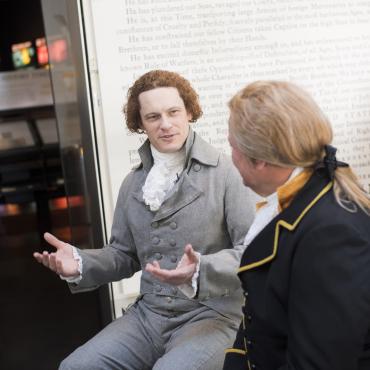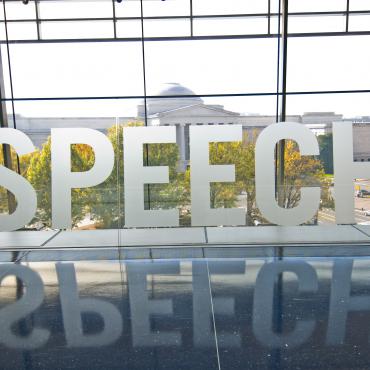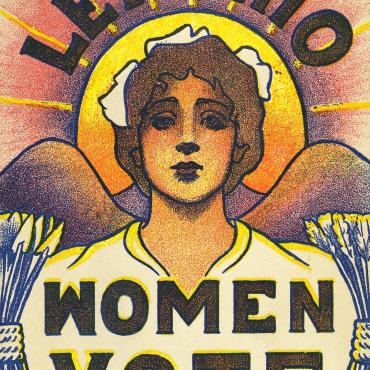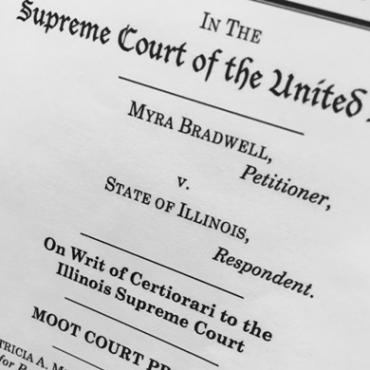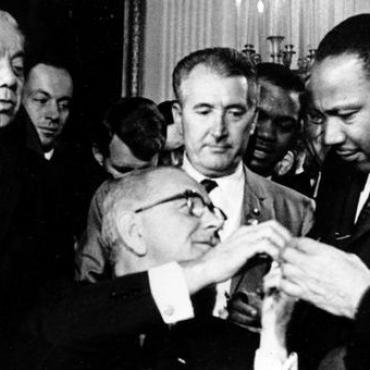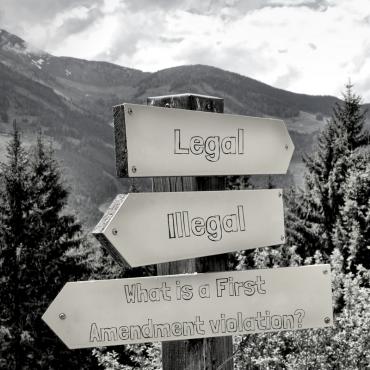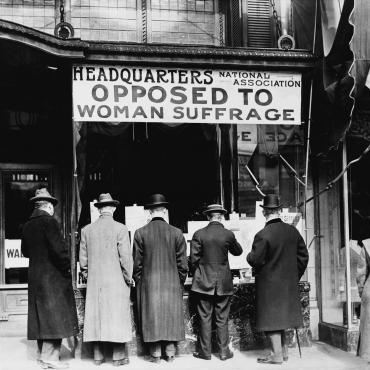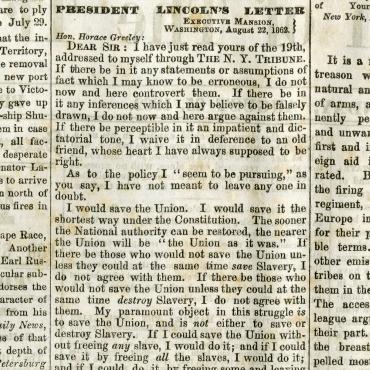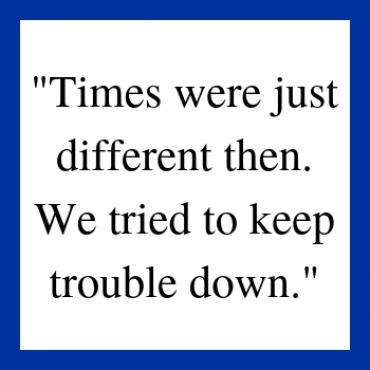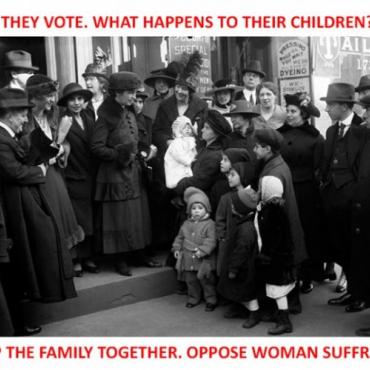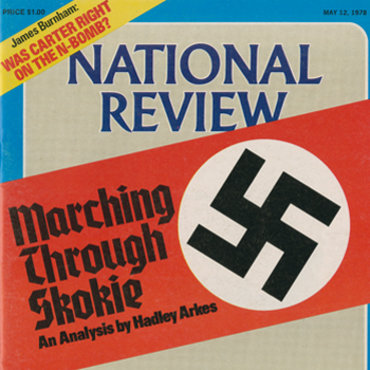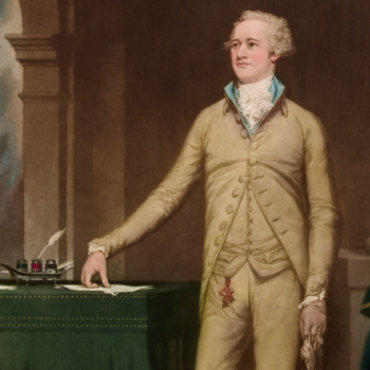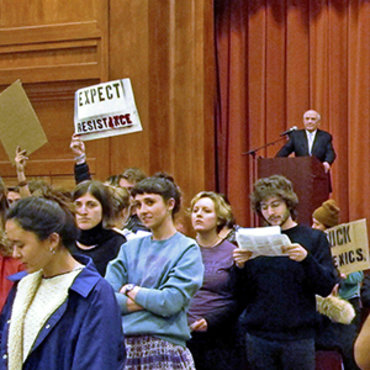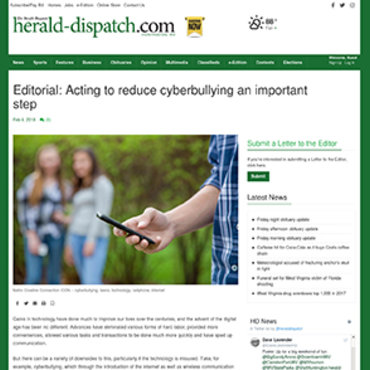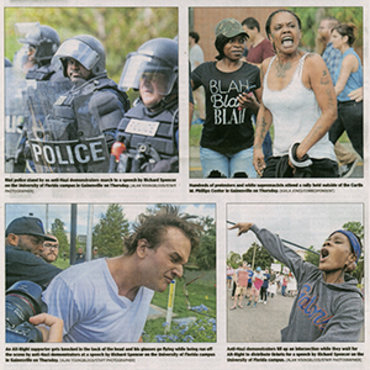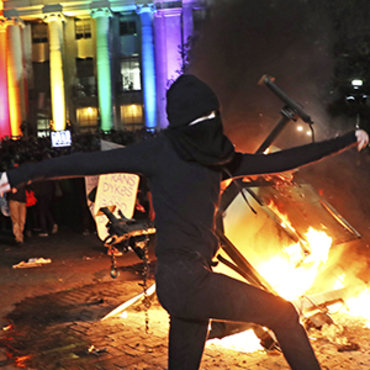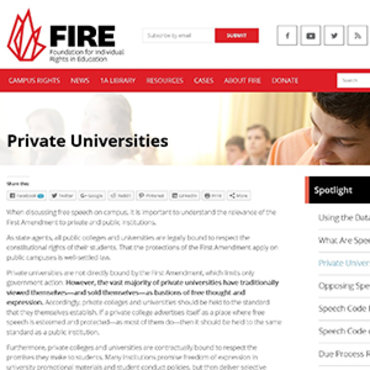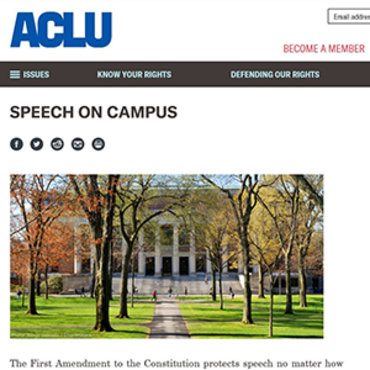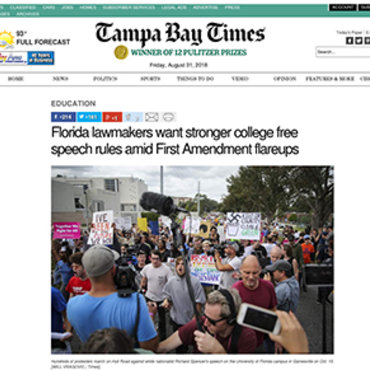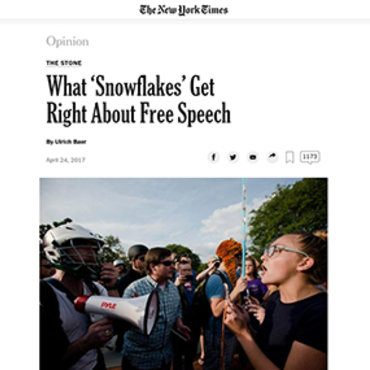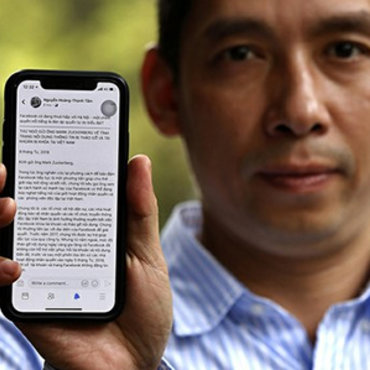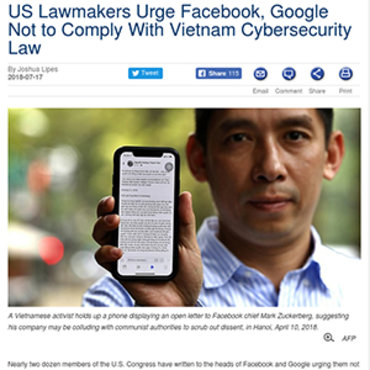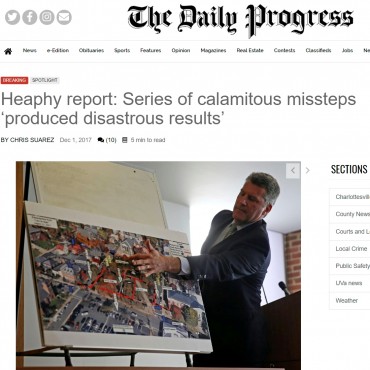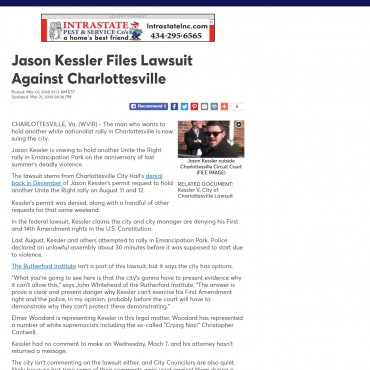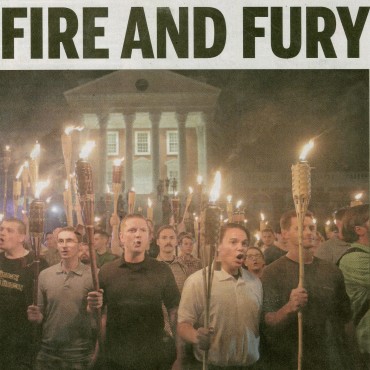
Intro to the First Amendment: Would You Fight for All Five?
Students explore the interplay among the five First Amendment freedoms as they play an elimination game to determine the most important freedom.
Get even more great free content!
This content contains copyrighted material that requires a free NewseumED account.
Registration is fast, easy, and comes with 100% free access to our vast collection of videos, artifacts, interactive content, and more.
NewseumED is provided as a free educational resource and contains copyrighted material. Registration is required for full access. Signing up is simple and free.
With a free NewseumED account, you can:
- Watch timely and informative videos
- Access expertly crafted lesson plans
- Download an array of classroom resources
- and much more!
- Constitution
- Current Events
- 3-8
- Tell your students you’re going to talk about the First Amendment. Ask if they can name and define each of the five freedoms, and give examples of ways they exercise each freedom. Write the five freedoms on the board and make sure your students understand what each one means:
- Religion – You can believe what you want, belong to any religion or no religion.
- Speech – You can voice your opinions using words, symbols or actions.
- Press – The government cannot censor information in newspapers, online news sources, TV news broadcasts, etc.
- Assembly – You can gather in a group.
- Petition – You can criticize the government, and you can complain about policies that affect you negatively and ask for change.
- Then, ask students if they think any one of these freedoms could exist alone, without the support of the other four. Note that all five freedoms are linked and often intertwine with each other. Possible prompts:
- Would free speech be a powerful right if we did not also have a free press?
- How would freedom to petition be different if we didn’t also have freedom of assembly?
- Now tell students they will decide which freedom is most important by voting four freedoms “off the island.” In four rounds, students raise their hands to vote for a freedom to eliminate. After each round, select students to explain their reasoning.
Now that only one freedom remains, ask students if they agree that it’s the most important right. Then, discuss how life would be different if we didn’t have the other rights. Possible prompts include:
- Would people exercising this right have to do anything differently if they didn’t have the other four?
- Has the remaining right lost its meaning because of the elimination of the other four rights?
- If you only had freedom of ______, would historic events such as Martin Luther King Jr.’s “I Have a Dream” speech on the National Mall have been possible?
- How different might our country be if we hadn’t made a list of rights to protect? Do they think we would still have those rights if they weren’t listed in the Constitution?
- In keeping with the fears of those who opposed a Bill of Rights, are there any rights you think our Founding Fathers forgot to put in the Bill of Rights or the First Amendment?
- What would you add if you had been writing this document 200 years ago? Is there anything you would add today that they didn’t foresee?
-
Common Core State Standards: CCSS.ELA-LITERACY.CCRA.R.2
Determine central ideas or themes of a text and analyze their development; summarize the key supporting details and ideas. -
Common Core State Standards: CCSS.ELA-LITERACY.CCRA.SL.1
Prepare for and participate effectively in a range of conversations and collaborations with diverse partners, building on others' ideas and expressing their own clearly and persuasively.
-
National Center for History in the Schools: NCHS.Historical Thinking.5
A. Identify issues and problems in the past. B. Marshal evidence of antecedent circumstances. C. Identify relevant historical antecedents. D. Evaluate alternative courses of action. E. Formulate a position or course of action on an issue. F. Evaluate the implementation of a decision.
-
National Council of Teachers of English: NCTE.12
Students use spoken, written, and visual language to accomplish their own purposes (e.g., for learning, enjoyment, persuasion, and the exchange of information).
-
Center for Civic Education: CCE.V
A. What is citizenship? B. What are the rights of citizens? C. What are the responsibilities of citizens? D. What civic dispositions or traits of private and public character are important to the preservation and improvement of American constitutional democracy? E. How can citizens take part in civic life?
